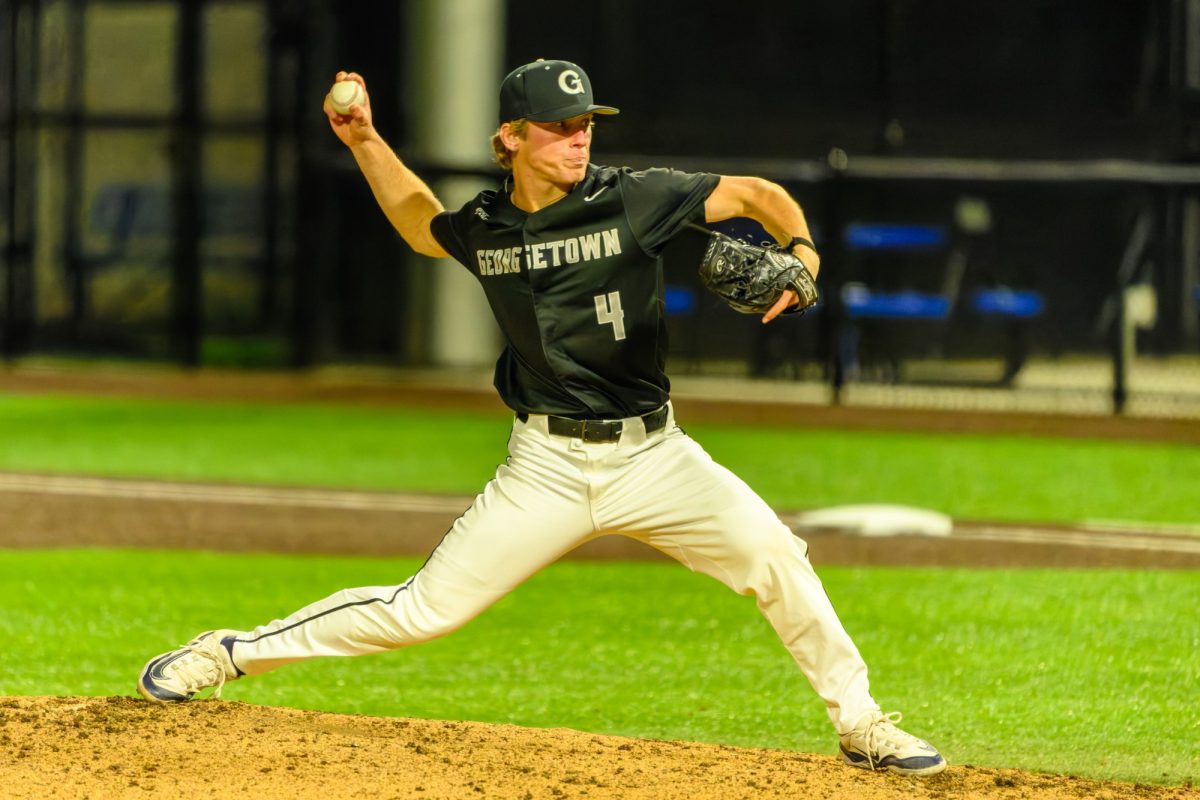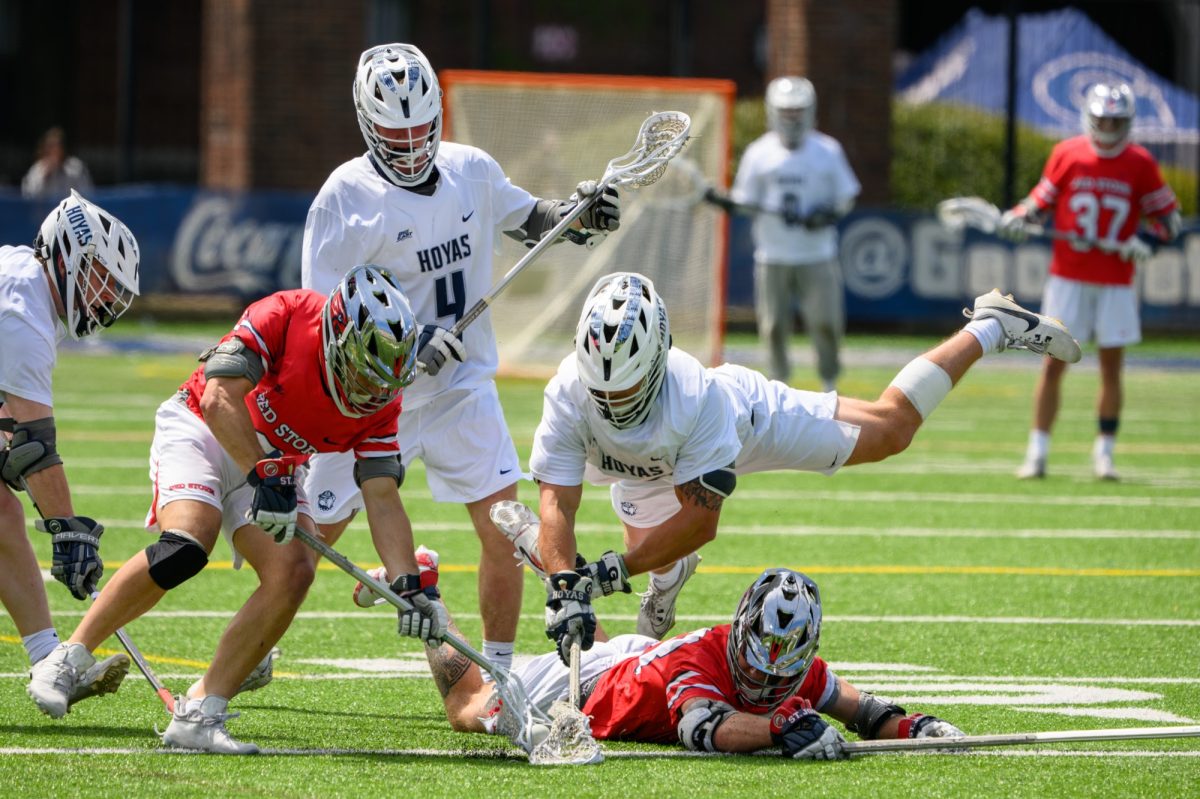The narrative of the 2018 Major League Baseball offseason has been dominated by the pursuit of two free agent superstars, outfielder Bryce Harper and shortstop Manny Machado.
Rarely are players of such high calibers available in free agency, especially such young ages. Machado and Harper, both 26, are set to cash in on incredibly lucrative deals in the $250 to $300 million, or potentially more, and 10 year range. Once signed, Harper and Machado’s performances will be definitive for the teams who choose them. Signed between 2011 and 2013, the mammoth contracts for Seattle Mariners second baseman Robinson Cano, Baltimore Orioles first baseman Chris Davis and Angels first baseman Albert Pujols, have been followed by underperformance and have hamstrung these teams’ abilities to improve through free agency.
The Mariners, Orioles and Angels were desperate to make a splash and were willing to spend on aging superstars. Teams should be prudent and refrain from making hasty decisions in free agency, as is evidenced by the failures of the Mariners, Orioles and Angels to find postseason success with their big money players.
However, Harper’s and Machado’s upcoming contracts will not necessarily turn out to be busts. Perhaps the best comparison for Harper and Machado is now-retired third baseman Alex Rodriguez, who was a 25-year-old sensation when he signed a record-shattering 10-year, $252 million contract with the Texas Rangers in 2000.
Rodriguez played three seasons for the Rangers before he was traded to the New York Yankees. Rodriguez then played four seasons with the Yankees before opting out of his contract to sign a 10-year, $275 million extension. Over the course of his first contract, Rodriguez was exceptional, averaging 47 home runs and 130 RBI per season. More notably, Rodriguez won three American League MVP awards and aided the Yankees to four postseason appearances.
Like Rodriguez, Harper and Machado will be coveted by many teams. The Washington Nationals’ ownership has repeatedly demonstrated its desire to retain Harper. Ahead of the July 31 trade deadline, Nationals’ General Manager Mike Rizzo had agreed to send Harper to the Houston Astros, but the deal was nixed by ownership. Near the end of the season, the Nationals offered Harper a 10-year contract worth approximately $300 million, which Harper rejected.
Clearly, the Nationals have demonstrated the financial capacity and the willingness to offer Harper an enormous contract. To this point, Machado and Harper have almost identical career stats: Harper has a .279 batting average, 184 home runs and 521 RBI. Meanwhile, Machado has a .282 batting average, 175 home runs and 513 RBI.
Yet Machado may prove to be a better fit for the Nationals, who would most likely spend money on only one superstar in free agency. Machado has demonstrated greater durability, having played over 150 games during five separate seasons while Harper has only done so in two seasons. Machado also offers greater defensive value since he can play both third base and shortstop. Ideally, the Nationals could play Machado at third, sliding Anthony Rendon to second base. The Nationals also have a solid outfield without Harper that consists of Adam Eaton, rookie of the year runner-up Juan Soto and former top prospect Victor Robles.
The Atlanta Braves — the Nationals’ rival in the National League East — represent a great destination for Harper, who would be a tremendous replacement for right fielder Nick Markakis while bolstering Atlanta’s lineup. The combination of outfielder Ronald Acuna Jr., second baseman Ozzie Albies, first baseman Freddie Freeman and Harper would be a run-producing juggernaut. Harper’s presence would augment an offense that finished 10th in the majors in runs scored and 19th in home runs last season. The addition of Harper would establish Atlanta, which is coming off a 92-win season, as a perennial playoff contender. Finally, the Braves have enough payroll flexibility to afford Harper. In 2018, the Braves’ payroll was approximately $130 million, well below the luxury tax threshold of $195 million. The Braves will also have an additional $15 million in payroll flexibility, given the likely departures of Markakis and reliever Brad Brach. While it appears unlikely that Harper would sign with the Braves, the pairing would represent a strong match.
Harper and Machado will command two of the largest free agent deals ever this coming offseason. If they both land in the National League East, Major League Baseball fans will see the two young superstars face off at least 19 times every year for the next decade.















